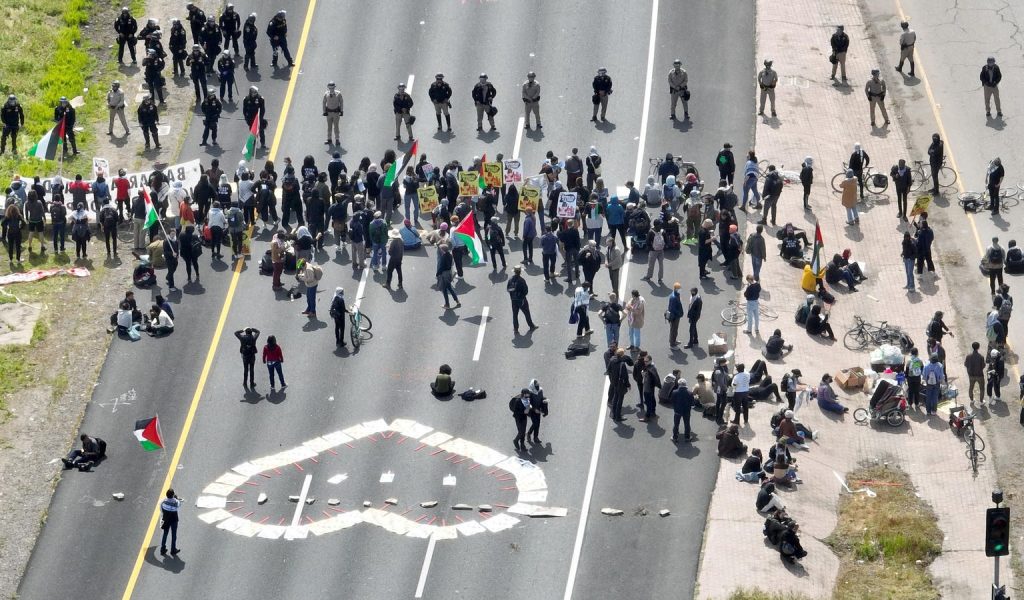Large-scale protests in support of the Palestinian cause brought attention to the issue as demonstrators shut down major landmarks like the Golden Gate Bridge in San Francisco and the Brooklyn Bridge in New York City. While mainstream media briefly covered the protests, social media played a significant role in spreading photos and videos of the events, reaching a larger audience. This was in contrast to the focus on other news stories such as the criminal trial of former President Donald Trump and Iran’s recent attack on Israel.
Social media has proven to be an effective platform for spreading news of events that may not receive as much attention in traditional media channels. With the ability to quickly reach a wide audience, social media can amplify the impact of protests, particularly for causes that may not receive extensive coverage in mainstream news outlets. This can help a cause trend and gain traction among individuals who are already inclined to support the sentiments expressed by protesters.
While social media can amplify protests and raise awareness for a cause, it may not necessarily lead to changing minds or persuading individuals who do not already support the cause. The immediacy and reach of social media platforms may not be as effective in addressing complex issues compared to traditional news sources. Additionally, the algorithmic design of social media platforms may limit their ability to influence individuals who may hold opposing views.
Despite the widespread attention generated by the protests on social media, there were significant backlash and criticism from individuals who did not support the cause. Images of burning American flags and videos of protestors chanting slogans like “Death to America” may have undermined the message and led to negative responses. The disruption caused by the protests, including missed flights and traffic congestion, may have also alienated individuals who were inconvenienced by the demonstrations.
Protests are often staged to draw attention to particular issues, and shutting down major thoroughfares or airports can draw significant public attention. However, this attention may not always be positive, especially when individuals are impacted negatively by the disruptions. Social media platforms may amplify divisive content, leading to increased criticism and backlash, rather than fostering meaningful debate or dialogue on the issues at hand.
While social media can play a vital role in raising awareness for causes and mobilizing supporters, it may also contribute to polarization and divisiveness in public discourse. The lack of rules and expectations on social media platforms can lead to content that is focused on gaining popularity rather than engaging in constructive dialogue. As such, movements and causes may struggle to advance and progress in an environment where sensationalism and outrage often overshadow meaningful conversations.


